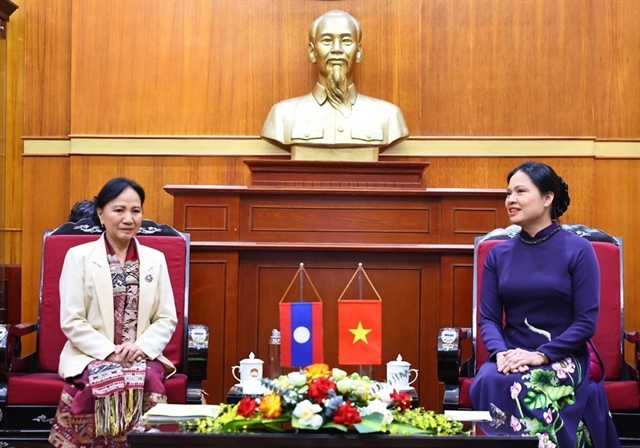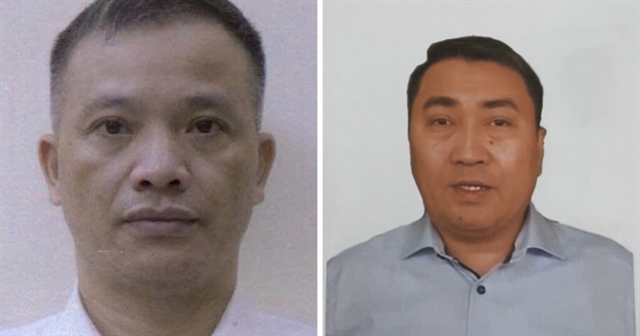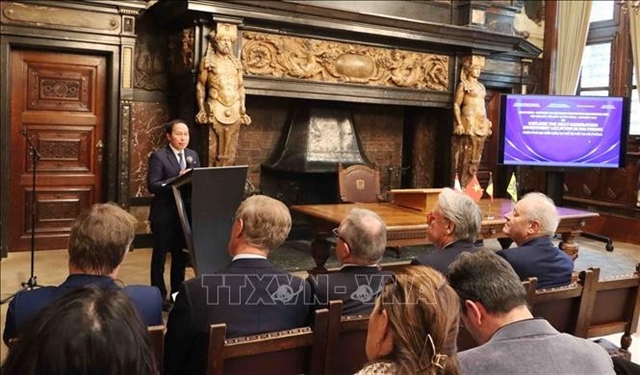 Economy
Economy
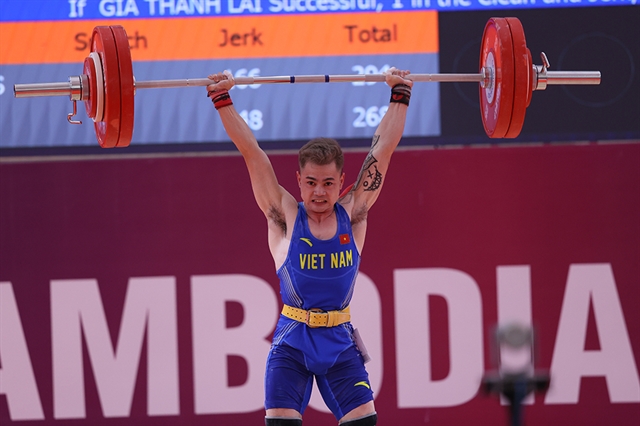
HCM City’s industrial production was forecast to maintain steady growth in 2018 with the industrial production index (IIP) to rise about 8- 8.5 per cent against last year, according to HCM City’s Department of Industry and Trade (DoIT).
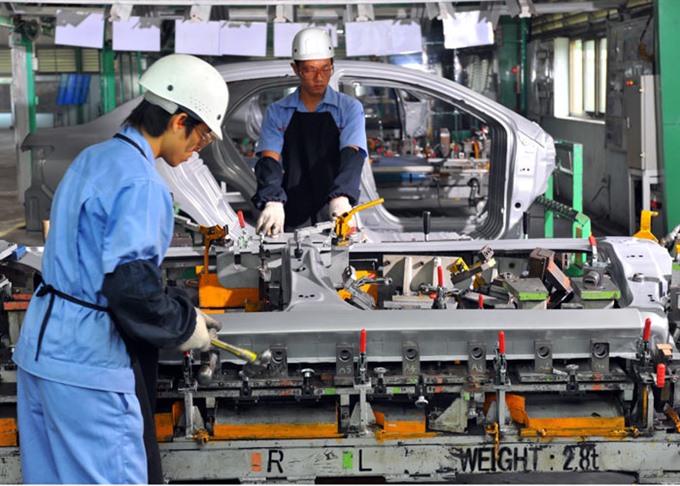 |
| The chemical, plastic and rubber industry grew significantly in 2017, with a year-on-year increase of 3.4 per cent. — Photo congnghiepcongnghecao.com.vn |
HCM CITY — HCM City’s industrial production was forecast to maintain steady growth in 2018 with the industrial production index (IIP) to rise about 8- 8.5 per cent against last year, according to HCM City’s Department of Industry and Trade (DoIT).
Nguyễn Phương Đông, deputy director of the department, said that the manufacturing and processing sector was estimated to increase by 8.2 per cent in 2018 while the electronic industry will also continue to grow well.
DoIT expects the mechanical engineering sector to develop remarkably in future. For example, the market-orientation of Mercedes-Benz is focusing on manufacturing in Việt Nam to distribute to the ASEAN market. The market entry of Deahan Motor, Vĩnh Phát and SAMCO will also help contribute to the development of the city’s automobile industry.
However, enterprises are facing many difficulties and challenges, especially competitive pressure involved in deepening integration.
Lý Kim Chi, chairwoman of the HCM City Food and Foodstuff Association, said most enterprises in the association were small and medium-sized and faced many difficulties in capital, product output, production technology. These companies would find it difficult to compete with businesses in the ASEAN region, as they enjoy many incentives related to taxes, interest rates and other tools.
To accelerate the restructure of the industry, the city’s DoIT representative said that in 2018, the city would deploy more solutions to support businesses to develop production, especially supporting industry enterprises.
Lê Nguyễn Duy Oanh, deputy director of HCM City Centre of Supporting Industries Development, said this year, the centre would focus on supporting manufacturing enterprises to improve their supply capacity, expand production, approach domestic and foreign partners, step by step joining in the global supply chain.
Last year, the city’s IIP increased by 7.9 per cent compared to 2016. Of this, the manufacturing and processing sector increased by more than 8 per cent, four major industries increased by 13.9 per cent, higher than the average rate of the industry sector and exceeding the target of 2017.
Đông said industrial production was showing stability in both the short and long term. Specifically, the IIP gradually rose in 2017 (up 6.02 per cent in the first three months, 7.51 per cent at half year, 7.84 per cent at three quarters and 7.9 per cent for the whole year).
In addition, he said, IIP had tended to increase gradually over the past five years (6.58 per cent in 2013, 6.99 per cent in 2014, 7.24 per cent in 2015, 7.25 per cent in 2016 and 7.9 per cent in 2017).
Last year, the four key industries in the city achieved impressive growth. Notably, the electronic and information technology sector had remarkable growth. The IIP increased 39.11 per cent compared to 2016 although there was only 260 enterprises operating in the city.
From August 2017 until now, the sector increased more than 30 per cent due to the application of high level technology, science and technology at projects by the world’s leading economies (such as Samsung) in the field of semi-conductor technology, micro-chip technology and electronic boards.
New tech park eyes five sectors
HCM City will call for investment in five sectors at the city’s second science and technology park, which is scheduled to open in 2019.
The sectors are information technology, renewable energy, biotechnology, semiconductor circuits and applied space technology.
The city will offer low-interest and long-term loans for enterprises investing in the sectors.
Lê Hoài Quốc, head of Sài Gòn Hi-Tech Park Management Board, said the aim is to attract big foreign companies to the park. Local enterprises will also have more opportunities for investment in the hi-tech park.
However, local companies face more difficulty accessing capital and have less capital than foreign firms.
A representative of one enterprise said that land rent, which was much higher than surrounding provinces, was the biggest barrier for local enterprises.
Local enterprises also lack high-quality human resources because most of them are working for foreign-invested enterprises.
The 200ha second science and technology park will be built in District 9 near the Sài Gòn Hi-Tech Park.
Quang Trung Software City (QTSC) in District 12 was the first science park to be set in the city and is the biggest in the country covering an area of 430,000sq.m.
Established in 2001, it houses around 140 information and communication technology companies, with foreign firms accounting for nearly half, with a total of more than 20,000 workers and researchers.
It targets becoming one of Asia’s top 10 software parks in human resources and value-added services by 2020. — VNS



